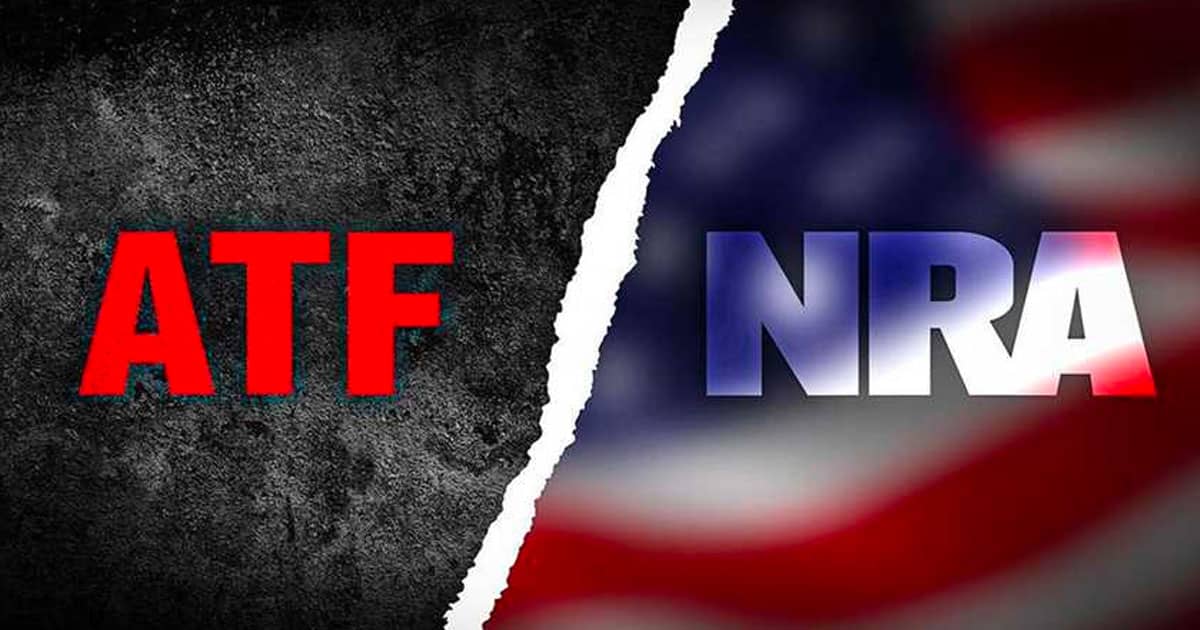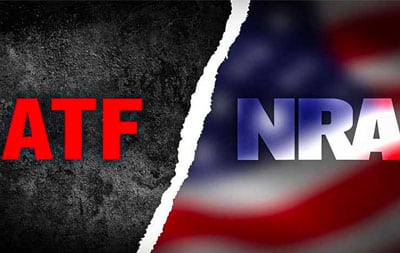 The National Rifle Association, the nation’s largest and oldest gun rights organization, announced on Wednesday that it seeks a preliminary injunction to shield its members from the Bureau of Alcohol, Tobacco, Firearms and Explosives’ (ATF) onerous pistol brace rule.
The National Rifle Association, the nation’s largest and oldest gun rights organization, announced on Wednesday that it seeks a preliminary injunction to shield its members from the Bureau of Alcohol, Tobacco, Firearms and Explosives’ (ATF) onerous pistol brace rule.
This followed by a day the early victory for Second Amendment advocates in the Fifth Circuit Court of Appeals. The appeals court found the pistol brace rule issued by the ATF is likely illegal under the Administrative Procedure Act.
Therefore, the NRA is expediting its motion for a preliminary injunction to protect its supporters from the federal government’s move to reclassify pistols equipped with stabilizer braces as short-barreled rifles (SBRs).
These are “rifles” with a barrel shorter than 16 inches or a “shotgun” with a barrel shorter than 18 inches.
This reclassification carries with it a requirement that the firearms be registered with the federal government.
The Fifth Circuit on Tuesday threw its weight behind what gun rights advocates have said all along — the government’s declaration that the addition of a pistol brace fundamentally changes the firearm is flawed and thus unlawful.
The court was harsh in its criticism of the ATF’s move to rewrite the law. After drawing heavy criticism from the public and gun rights organizations such as the NRA, the agency attempted a last-minute reworking of the pistol brace rule.
Specifically, it targeted the ATF’s new six-factor test to determine the legality of pistols equipped with braces.
The standard considers “everything from the weight of the firearm with the stabilizing brace attached to the prevalence of YouTubers demonstrating the likely use of the weapon,” in the words of the Fifth Circuit.
The court did not buy this flawed line of reasoning.
Its Tuesday ruling clearly indicated its belief that the two Texas residents who brought the action, William Mock and Christopher Lewis, will prevail. Mock v. Garland sought to overturn the ATF Final Rule that reclassified these pistols — usually modified with lightweight plastic stabilizers — as SBRs.
The change is incredibly important.
By legally labeling these pistols as SBRs, this means they are regulated under the intensely restrictive National Firearms Act (NFA). Purchasing weapons covered by the NFA is a very different experience than your normal firearm transaction.
For a law-abiding citizen to obtain such a regulated weapon, they must undergo a background check and pay $200 in taxes to the ATF. There is also a waiting period of roughly a year.
These firearms automatically fall under a mountain of different regulations, which carry both civil and criminal consequences if breached.
After the rule change was announced in January, legal gun owners were given four months to fall in line with the new regulation. Options included everything from destroying the weapon to registering it with the ATF.
So, how did that mandate work out?
According to the ATF, the agency by the May 31 deadline received just over a quarter million applications to register firearms equipped with a pistol brace. That compares to the estimated 10-40 million such weapons in circulation in the U.S.
For more than a decade since the agency originally ruled pistol braces to be beyond the scope of the NFA, these popular accessories were sold by the millions.
In other words, the compliance rate was somewhere between 0.6% and 8%.
The concerted efforts of the NRA and other gun rights advocates are positioned to defeat the ATF’s pistol brace rule. Yet another federal attempt to infringe on the Second Amendment would then go down in flames, proving again how critically important it is for Americans to support these essential organizations.

